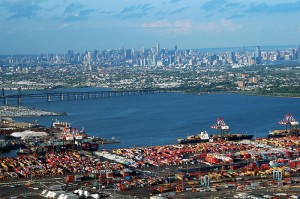Dear Friends,
We hope you have had a good start to the New Year and wish you the best for 2017. As always, in our first letter of the year we have attached a review our 2016 investment themes and a list of our investment themes for 2017.
The fourth quarter of 2016 revolved around politics, with a focus on the US presidential election. In Jan 2016, we wrote there was a “strong possibility one or both major party nominees will be from outside the establishment mainstream”. In retrospect, that looks like an understatement. A series of unusual news stories and the eventual surprising result of the US presidential election led to sharp drops in US equities in early November. Markets recovered quickly and ended the year close to or at their highs. In some ways this is a relief rally, driven by the realization that much of the Republican establishment will support the Trump administration and vice-versa.
The political upheavals of the past few months have not changed the underlying economic realities confronting investors. We are likely at the tail end of a bull-market that is almost 8 years old, and several risks loom on the horizon. Interest rates in the US will continue to rise as the Fed attempts to normalize historically low borrowing rates. This will modify the calculus for investors as interest bearing assets become attractive and rising rates impact the denominator in equity valuations.
The results of the US election have created enormous uncertainty about the US’s future economic policies, particularly with respect to trade. We believe that workers’ concerns about economic insecurity do require political solutions. We are not, however, convinced that protectionist barriers are the answer to job-losses in the US manufacturing sector (the last US experiment with high tariffs, 1930’s Smoot-Hawley Act, likely exacerbated the effects of the Great Depression). Nor do we believe it is in the US’s long-term interests to loosen environmental rules. The incoming administration seems bent on trying or threatening one or both of these approaches.
Roughly 50% of sales for S&P500 companies occur overseas. This underscores the global nature of the world we live in, and the degree to which US businesses rely on foreign operations. The prospect of a full-fledged trade war with major regions or countries should worry investors deeply. Though some investors may have been emboldened by the November/December recovery, we would advise caution given the significant headwinds and uncertainties facing us.
As always, we have published our investment themes for the upcoming year and reviewed our themes for 2016.
Regards,
Subir Grewal, CFA, CFP Louis Berger
